In this world, some internet connectivity is a must. However, not all such connectivity is secure. A lot of users connected to high-risk internet connectivity are under so many risks. Individuals, businesses, and even governments suffer adverse effects. It is crucially important to know how to avoid them.
What is a High Risk Internet Connection? How does the high risk internet connection affect online security and privacy, and what are ways to remain safe online? Increasing cyberattacks require individuals to stay informed. Let’s proceed into details.
Table of Contents
ToggleWhat is a High Risk Internet Connection?
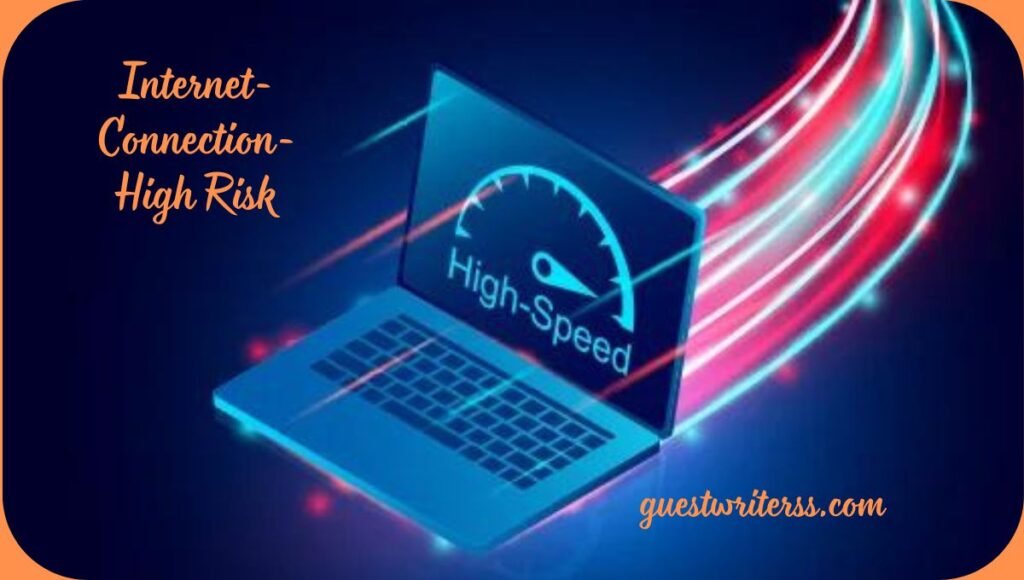
The high risk internet connection exposes itself to cyber threats. For example, an unsecured Wi-Fi network, a shared public connection, and a misconfigured network all pose significant risks. Furthermore, these connections allow hackers to easily intercept data. In addition, they may contain malware, viruses, and phishing attempts.
Without adequate protection, there is a likelihood of data breaches. As a result, sensitive information like passwords, financial details, and personal data can fall into the hands of thieves. Moreover, this risk is even higher on public networks, where encryption is often lacking.
Why are Internet Connections Dangerous?

The reason this high risk internet connection is dangerous lies in its vulnerability. Hackers target weak networks to access personal and professional data. Apart from this, once they have entered inside, they can spread malware or ransomware. Such attacks might make devices unusable by crippling them.
Many people often find themselves in cafes, airports, or hotels to access public Wi-Fi. Unfortunately, many of these hotspots remain unsecured. Without encryption, other users connected to that network can easily see anything you do on it. Moreover, many hackers set up fake hotspots to lure users into connecting to them.
Common Sources of High Risk Internet Connection
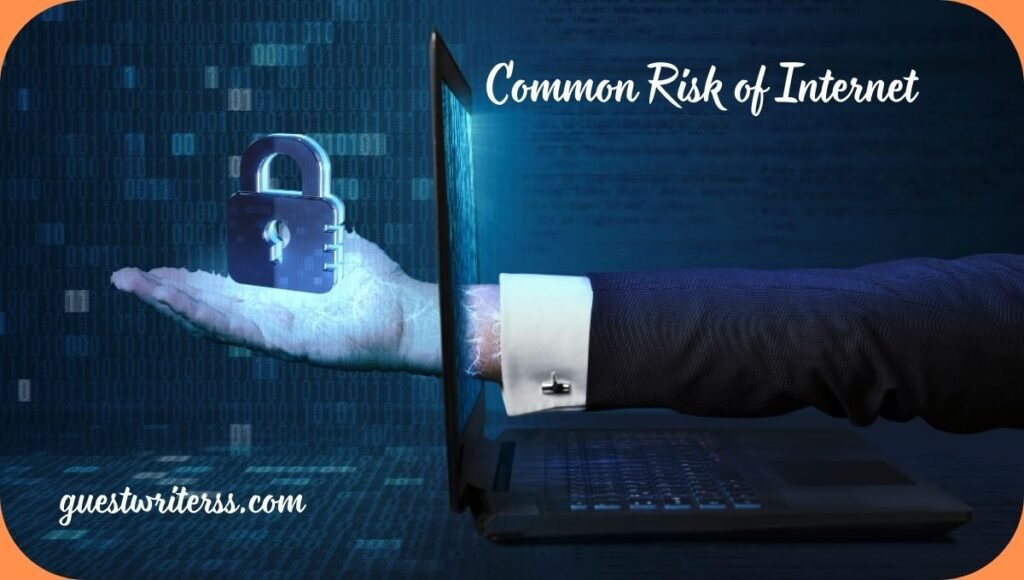
Some factors that have contributed to the existence of a high risk internet connection include:
Listed below are the most common sources:
Public Wi-Fi is one of the most known sources of internet risks. Cybercriminals easily take advantage of most unsecured public Wi-Fi networks.
- Unsecured Home Networks: People do not intend to set up proper security protocols for their home Wi-Fi. An insecure home network with weak passwords and no encryption can prove to be quite at risk.
- VPN Abuse: Though VPNs can do much to protect privacy, free VPNs or those that are untrustworthy prove to be a veritable threat. Such VPNs could leak user data or not encrypt data properly.
- Old network security: Networks whose security protocols have become outdated are vulnerable to attacks. For example, using WEP encryption instead of WPA3 increases the likelihood of a breach.
Internet Connections Threats

A high risk internet connection may pose several serious risks. Some of the risk include;
- Theft of Data: Hackers can easily steal sensitive information like bank details, login credentials, and emails.
- Identity Theft: Once a hacker gains access to personal information, they may commit fraud using the identity of the victim.
- Malware and viruses: Cybercriminals often distribute malicious software through insecure networks.
- Ransomware: Malicious hackers may hold users hostage until they receive ransom.
- Spyware: Other malicious hackers simply install software that tracks and monitors users’ actions.
How to Protect Yourself with High Risk Internet Connection
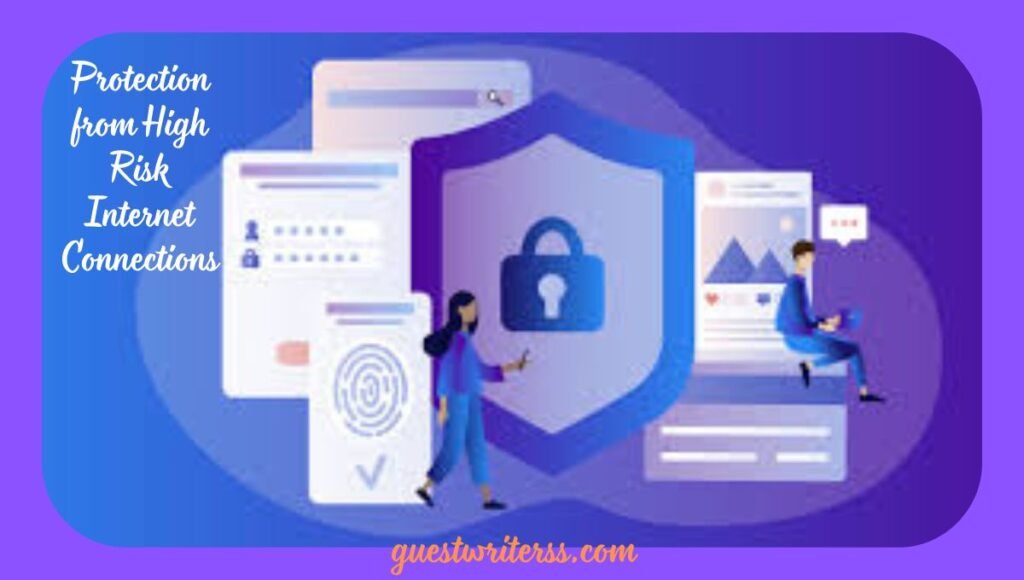
You can imagine clearly how serious the threats become through a high risk internet. But there is a chance to protect yourself. Below are a few strategies;
- VPN: A VPN would encrypt all your data, so it would create an extra layer of security. This means that if someone can intercept your connection, they simply cannot read your information.
- Firewalls: A firewall denies unauthorized access to the computer. One must ensure that he enables both hardware and software firewalls.
- Security Update: You should change your password and upgrade your encryption method on Wi-Fi. The best encryption would be WPA3.
- Two-Factor Authentication: This is an added security feature on your accounts, and you will, therefore, have verification that involves two factors to make it very hard for hackers to access your account.
The Role of Encryption in Avoiding a High Risk Internet Connection
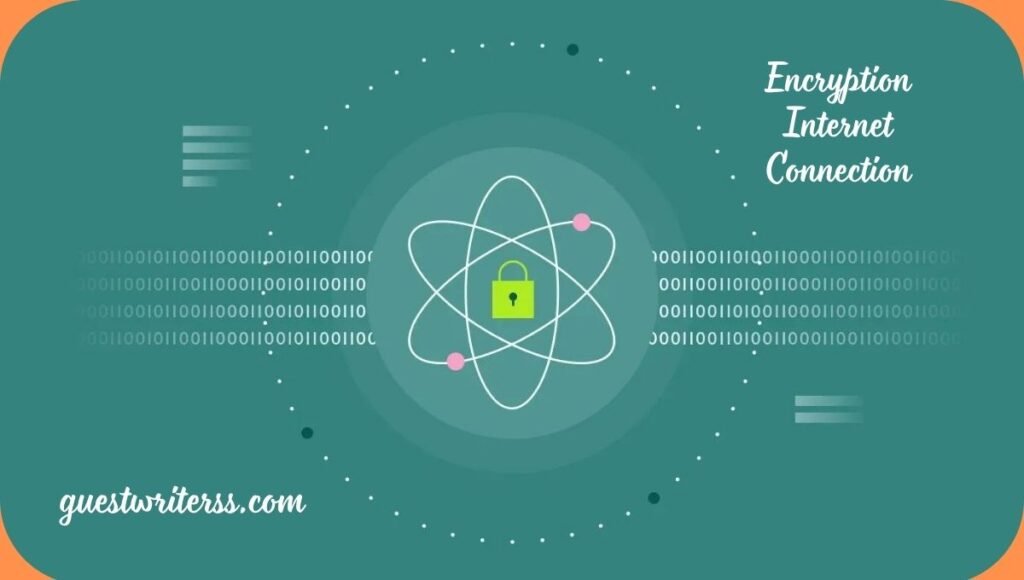
Encryption is vital while seeking to avoid an excessively dangerous net connection. Encryption scrambles your facts in order that unauthorized customers cannot study them. When using Wi-Fi, make sure to encrypt the network with a strong security protocol. WPA3 encryption offers exceptional safety.
In addition, the use of encrypted messaging apps can help shield your conversations. Apps like Signal or WhatsApp use stop-to-end encryption, making sure that both you and the recipient can study the messages.
The Increasing Threat of Cybercrime
As the Internet is rapidly developing, the threat of cybercrime is an increasingly growing issue. In addition, hackers gain more experience, as well as become sophisticated enough, to use quite advanced methods to take advantage of vulnerability. An overly dangerous internet connection therefore provides an easy pathway for cyber criminals to access personal and corporate networks.
A report from Cybersecurity Ventures projects that global cybercrime costs will reach $10.5 trillion annually by the end of 2025. Moreover, the interference of unstable connections significantly impacts protection measures.
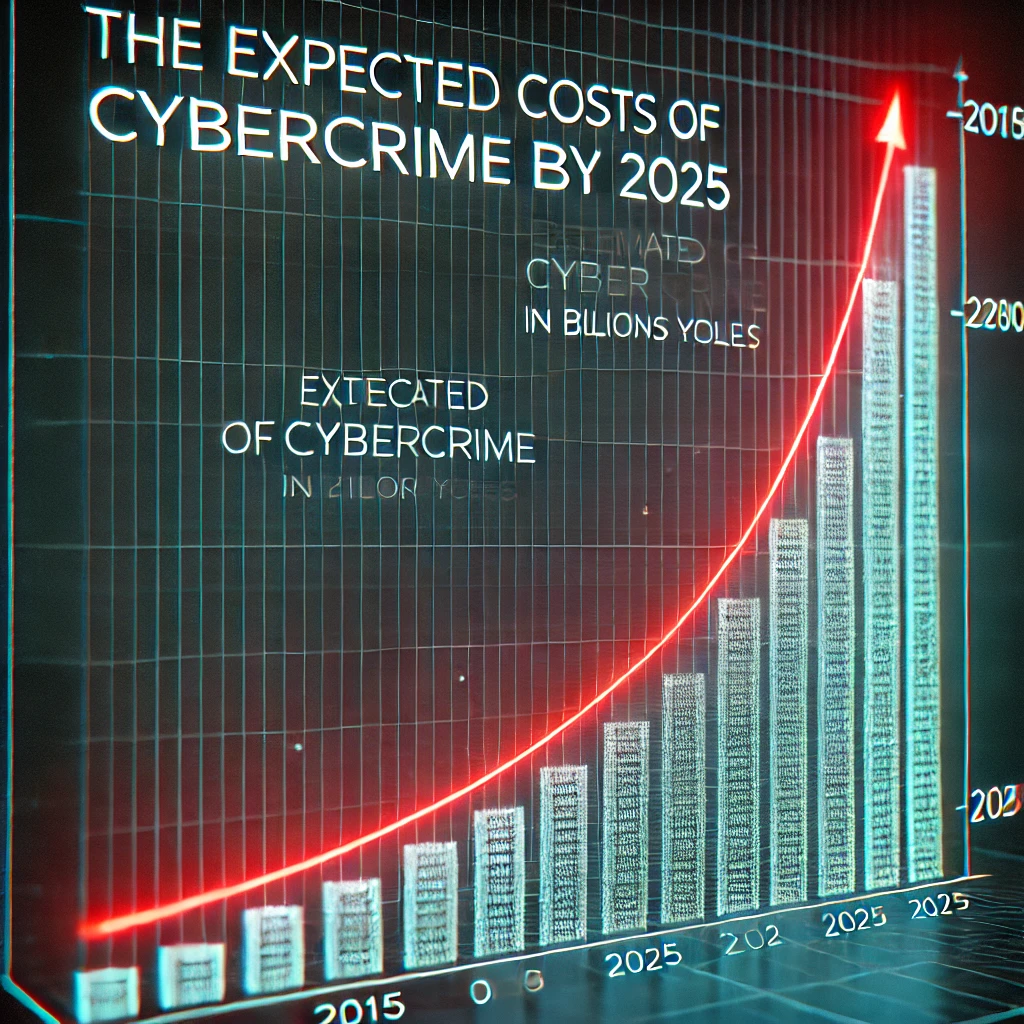
By 2025, cybercrime will cost a staggering amount, as the graph shows.
High-Risk Internet Connections Future

With changing technology, there come changing risks of high risk internet connection. While such growing awareness and security measures cut the exposure of these threats drastically in individuals and businesses alike.
The new vulnerabilities, particularly those associated with IoT devices, cloud computing, and connected smart homes, are a growing concern. Therefore, these devices will constantly update and adopt a proactive approach to cybersecurity, keeping you informed about any emerging threats on your network.
Concluding Remarks
High risk internet connection pose serious dangers to the individual and the organization at large. But always ensure that you minimize your vulnerability to cyber attacks with high risk by taking the right precautions. Ensure that whenever you are connecting to any network, you observe proper security measures and also stay well updated on some of the latest cybersecurity practices.

Enjoy the benefits of the internet without harming your door. Be proactive, and take these measures to avoid unnecessary risks from thieving individuals. End.
VPN Chart Indicating the steps such as use of VPN, enabling firewalls, and the update of security settings.
| Step | Activity | Description |
| 1 | Choose a VPN Service | Try selecting a reliable VPN service that fits your needs. Be it its speed, security features, or server location. |
| 2 | Download and Install VPN Software | Download the VPN client from the official website, an app store and install it according to your device. |
| 3 | Connect to a VPN | Open up the VPN application, log in, and select a server to connect with. |
| 4 | Activate Firewalls | Access the security settings on your computer or device. Make sure you have your firewall turned on to prevent unauthorized access. |
| 5 | Update security settings | Monitor and update your security settings, OS, antivirus software, and other privacy-related settings from time to time. |
| 6 | Test your VPN connection | Log on via your online tools and verify your IP address to ensure your connection is secure. |
| 7 | Think Privacy Practices | Not share personal information when you are online, nor do you regularly review privacy settings of both the social networking sites and other services. |
FAQs: High Risk Internet Connection
What is a high risk internet connection?
A high-risk internet connection is one that does not make use of any protective measures. Hence, it is highly vulnerable to cyber attacks and data breaches.
How can I avoid using a high risk internet connection?
Avoid conducting sensitive activities in public Wi-Fi, use a VPN, and ensure your home network uses WPA3 encryption.
Is using a VPN that makes me safe from a high risk internet connection?
Actually, using a VPN is only additional layer of security. I am to use it along with firewalls and two-factor authentication.
What threats will I have while an occasion occurs in the use of a high risk internet connection?
Data theft, identity theft, malware, ransomware, and spyware monitoring.
How do you keep your business safe from high risk internet connection?
Businesses should employ secure networks, provide employee training on cybersecurity, and regularly update security protocols.
Read more about Technology and other categories on Guestwriterss.















